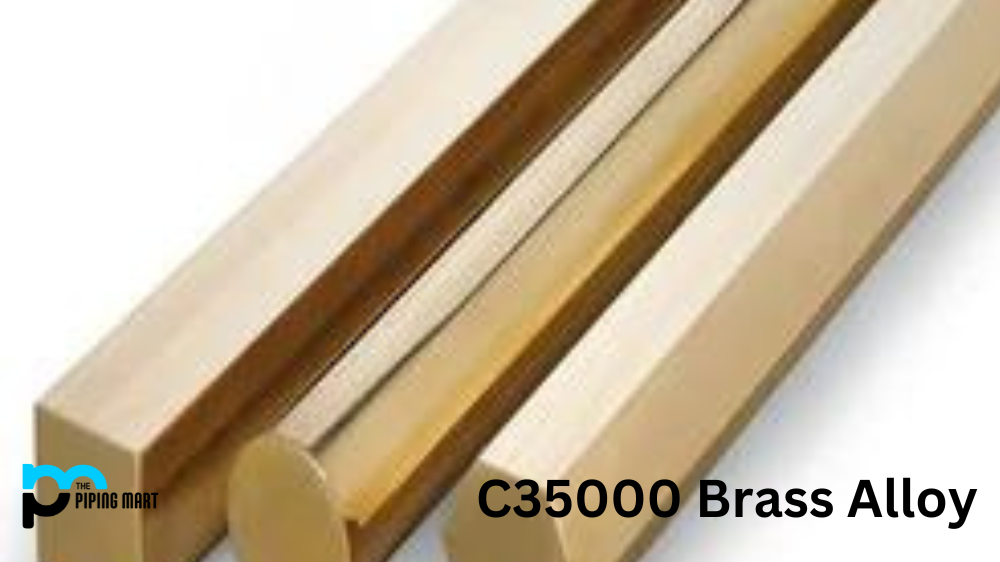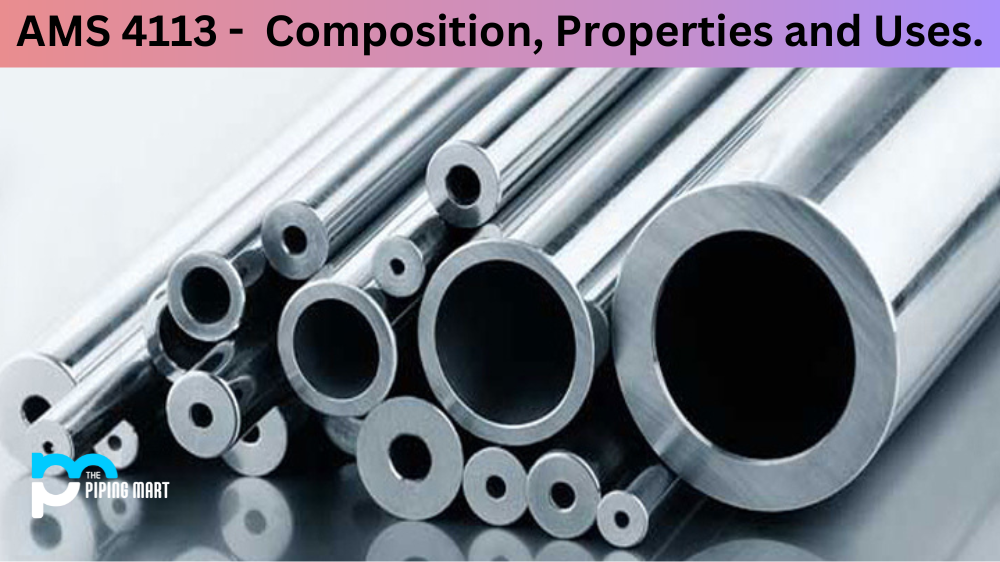Brass alloys are widely used in many industries for their unique properties and characteristics that make them ideal for specific applications. One such alloy is the popular C35000, renowned for its high machinability, excellent corrosion resistance, and robust mechanical properties. If you want to learn more about this specific alloy, you have come to the right place. This blog post will explore the composition, properties, uses, and applications of the C35000 brass alloy.
C35000 Brass Alloy Composition
The C35000 brass alloy is leaded brass primarily composed of copper, zinc, lead, and iron. The copper content in this alloy is typically around 65-70%, while the zinc concentration ranges from 27-35%. The small amounts of iron and lead enhance machining properties and improve strength and wear resistance. This alloy is also known for its high and excellent thermal conductivity, making it an ideal choice for electrical and thermal applications.
| Element | Content (%) |
|---|---|
| Cu | 62.5 |
| Pb | 1.1 |
| Zn | 36.4 |
C35000 Brass Alloy Mechanical Properties
The C35000 brass alloy offers a unique combination of strength, ductility, and wear resistance, which makes it an excellent choice for mechanical and engineering applications. It has a tensile strength of around 450 MPa, yield strength of approximately 200 MPa, and a hardness of 135 HRB. This alloy also exhibits good impact resistance and has a high fatigue limit. These properties make it useful for gears, bearings, valve stems, and many more applications.
| Properties | Metric | Imperial |
|---|---|---|
| Tensile strength | 310-655 MPa | 45000-95000 psi |
| Yield strength (depending on temper) | 90.0-483 MPa | 13100-70100 psi |
| Elongation at break (in 25.4 mm) | 66% | 66% |
| Elastic modulus | 117 GPa | 17000 ksi |
| Poisson’s ratio | 0.34 | 0.34 |
| Machinability (UNS C36000 (free-cutting brass) = 100) | 70 | 70 |
| Shear modulus | 39.0 GPa | 5660 ksi |
C35000 Brass Alloy Physical Properties
The C35000 brass alloy has a density of around 8.9 g/cm3, slightly higher than pure copper. Its melting point is between 893-952°C, and its thermal expansion coefficient is 18.7 x 10^-6/°C. This alloy has a meagre thermal expansion rate and excellent thermal conductivity, which makes it ideal for applications with precise and stable performance.
| Properties | Metric | Imperial |
|---|---|---|
| Density | 8.47 g/cm³ | 0.306 lb/in³ |
Thermal Properties
| Properties | Metric | Imperial |
|---|---|---|
| Thermal conductivity (@20°C/ 68°F ) | 115 W/mK | 798 BTU in/hr.ft².°F |
Equivalent
- ASTM B121
- ASTM B453
- SAE J461
- SAE J463
C35000 Brass Alloy Uses
Due to its excellent properties and characteristics, the C35000 brass alloy is widely used in many industries, including industrial, aerospace, automotive, and electrical. It is commonly used for low-wear applications that require high strength, such as bearings, gears, bushings, and valve stems. It is also used in electrical and thermal applications, such as connectors, terminals, and heat exchangers.
C35000 Brass Alloy Corrosion Resistance
One of the most essential properties of the C35000 brass alloy is its excellent corrosion resistance. It is resistant to most atmospheres, including marine and polluted industrial environments. This alloy also has good resistance to stress corrosion cracking and dezincification, making it an excellent choice for critical components that must maintain structural integrity over time.
C35000 Brass Alloy Heat Treatment and Machining
The C35000 brass alloy is machinable and easily formed into complex shapes without cracking or deformation. This superior machinability makes it ideal for high-volume production of small components. This alloy can also be heat-treated to improve its mechanical properties, such as strength, toughness, and hardness.
C35000 Brass Alloy Welding
The C35000 brass alloy can be welded using brazing and soldering techniques. However, it is unsuitable for welding applications due to its high zinc content, which makes it prone to hot cracking and embrittlement. It is best to consult with an experienced welding expert who can recommend the appropriate welding method if welding is required.
Conclusion:
In conclusion, the C35000 brass alloy offers unique properties and characteristics, making it an ideal choice for various applications. Its excellent corrosion resistance, high machinability, and robust mechanical properties make it useful in many industries, such as industrial, aerospace, automotive, and electrical. This alloy is perfect if you need components with high strength, wear resistance, or excellent electrical conductivity. With its unique properties and versatility, the C35000 brass alloy is a remarkable material that has revolutionized many industries and applications.

Abhishek is a seasoned blogger and industry expert, sharing his insights and knowledge on various topics. With his research, Abhishek offers valuable insights and tips for professionals and enthusiasts. Follow him for expert advice on the latest trends and developments in the metal industry.




